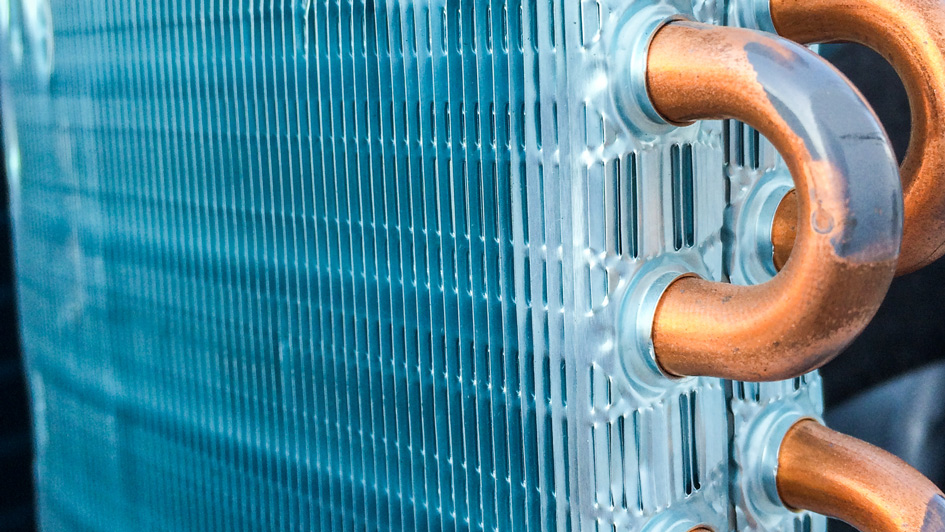
A furnace is often a background player for your home, keeping you warm in the cold winter months. It often isn't noticed until something goes wrong.
One root cause could be that your furnace has a cracked heat exchanger. It can potentially be hazardous, so it’s critical to familiarize yourself with the symptoms of a cracked heat exchanger and what to do if you suspect that is the problem.
What Is a Heat Exchanger in a Furnace?
A heat exchanger transfers heat from the combustion chamber inside your furnace to the air that circulates through the ventilation. It typically accomplishes this via coils or tubes that heat up the air while acting as a barrier to keep the gasses created in the combustion chamber, called flue gasses, from leaking out into your home.
Is a Cracked Heat Exchanger Dangerous?
Given its key role, it’s no surprise that a damaged heat exchanger can pose a risk. A crack in the heat exchanger can permit dangerous gasses – like carbon monoxide, which can be lethal – to flow through your home.
For obvious reasons, don't ever use your furnace if you believe there's a crack in the heat exchanger, as this could make the entire family ill. Call an HVAC professional as soon as possible if you believe your heater has a cracked heat exchanger that should be repaired.
Four Symptoms of a Cracked Heat Exchanger:
- Furnace shuts off: A crack in your heat exchanger can cause your furnace to switch off.
- Strange Smells: If the air coming out of your furnace has a powerful chemical scent, it could be an indicator that gas is leaking through cracks in your heat exchanger. These gasses, which may smell like formaldehyde, are a significant warning sign.
- Carbon monoxide alarm is triggered or you recognize poisoning symptoms: If a cracked heat exchanger is emitting carbon monoxide in your home, your carbon monoxide alarm should go off or family members might experience signs of carbon monoxide poisoning. Side effects include headaches, dizziness, weakness, nausea, vomiting or feeling tired. If your alarm goes off or you feel unusually tired, get out of the home immediately and then call for help.
- Soot: If you find black sooty accumulating on the exterior of your furnace, it’s more evidence something might be seriously wrong.
What You Should Do if Your Furnace Heat Exchanger is Cracked
If you believe your furnace has a cracked heat exchanger, hire a pro well versed in furnace installation Crystal and Twin Cities as soon as possible so they can take a look at your system and, if required, perform a furnace heat exchanger replacement. Costs will fluctuate depending on the situation, but estimates often hover around $1,000 to $3,000.
However, the good news is that heat exchangers are generally protected by the warranty. You should confirm the warranty paperwork on your furnace, because while the warranty may not cover the entire cost of repairs, it could significantly shrink your bill.
How to Avoid a Cracked Heat Exchanger in Your Home
One of the easiest ways to minimize the risk of problems in your furnace overall is with routine furnace maintenance. Furnaces work the best when they work efficiently. Calling a certified professional to inspect your furnace for broken-down parts, clogs in the air filters and other likely problems can help you avoid getting a big bill later on.
It’s also helpful to inspect your furnace filters every few months – it’s recommended some filters be replaced every 90 days or sooner if they are dirty or grimy. While the filters are not part of the heat exchanger itself, the strain of pulling air through a clogged filter makes your entire furnace work longer to do its job. And the harder your furnace has to work, the more wear and tear components like the heat exchanger will endure.



